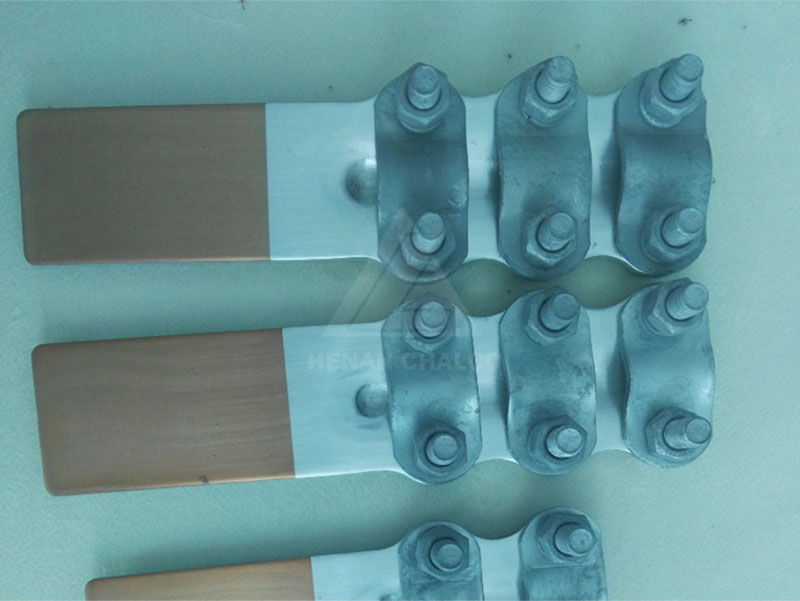In the manufacture of marine ships, the application of aluminium alloys is mainly to connect aluminium structural parts with steel decks. In the past, riveting or screw connection was used to ensure the sealability, which accelerated the corrosion of seawater medium. Usually, major repairs are needed in less than a year at sea. Henan Chalco adopts the explosion-bonded transition joints for structural applications, which can completely replace riveting, and this process is widely used in various shipyards in Europe.

Explosion-bonded transition joints produced by Henan Chalco are generally 12.7mm-25.4mm thick in aluminium layer and 25.4-152.4mm thick in steel layer. They are widely used in offshore containers with good corrosiveness and low weight. These transition joints are made of high-strength weldable aluminium alloys and low-alloy steels adapted to marine requirements. These joints have proved that they have good shear strength and 96MPa shear strength, and have withstood the extensive test of salinization test. Industrial pure aluminium and steel can be well welded by explosion. The detonation velocity of the explosive used should be within the range of 1.8=2.5 km/s. In the case of explosive welding of aluminium with thickness of 3-20 mm and carbon steel with thickness of 10-30 mm, the separation strength is 83-113 MPa, and a non-corrosive zone with hardness of 6000 MPa is formed in the bonding zone. The original hardness of aluminium and steel is 294-490 MPa and 1460-1900 MPa. This explosively bimetal is mainly used for explosion-bonded transition joints for structural applications











